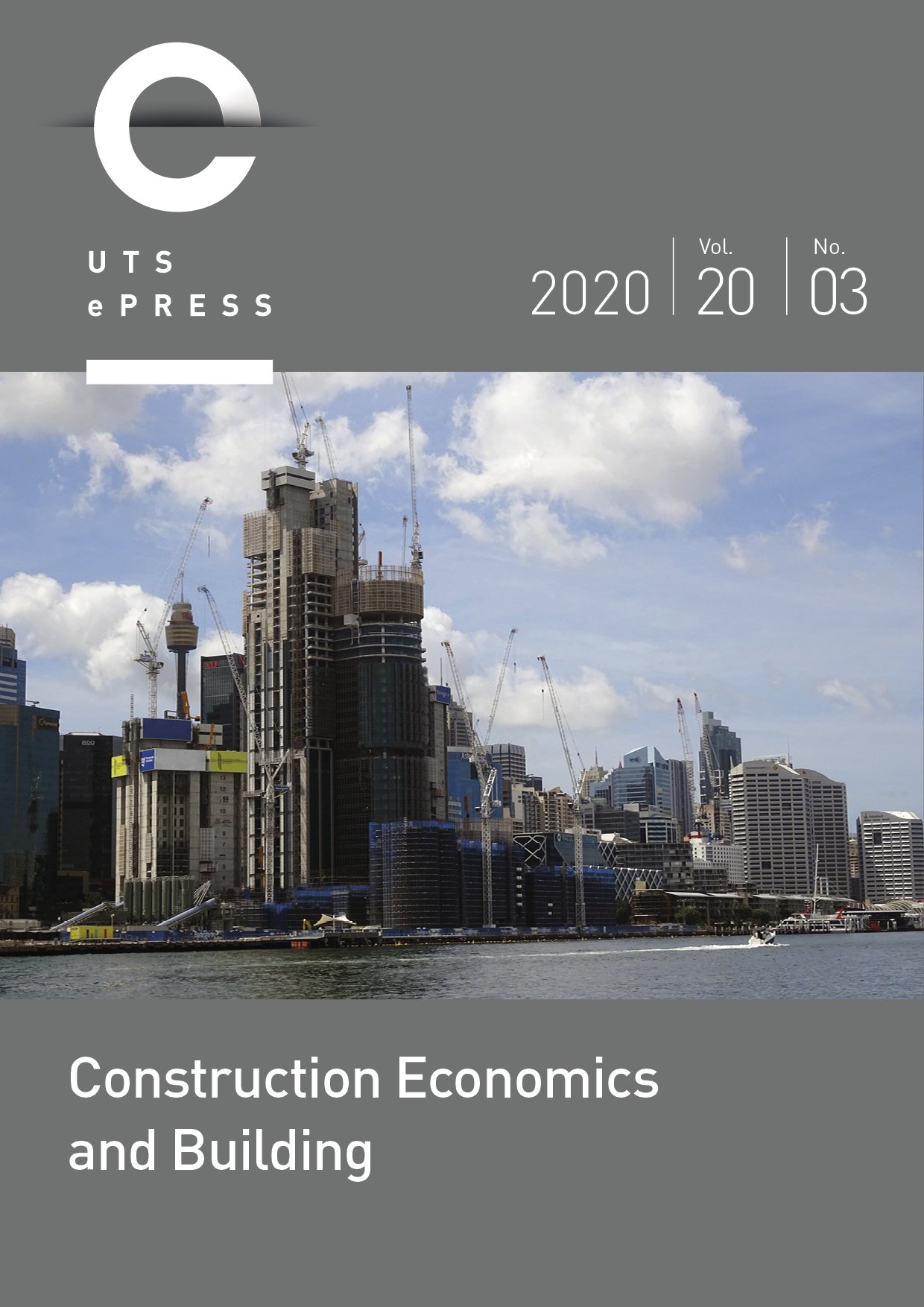Examining the impact of students’ attendance, sketching, visualization, and tutors experience on students’ performance: a case of building structures course in construction management
Main Article Content
Abstract
The aim of this paper is to examine students’ performance in a computation-based course by evaluating the effects of key factors including sketching, visualization resources provided to them during the lectures, their attendance and tutors’ experience. A systematic review was conducted including 192 articles published during January 2010 to December 2019. Further, a case study has been conducted in which 633 students from non-engineering backgrounds were taught a core course of construction over three-yearly sessions from 2017 to 2019. The performance has been assessed through two quizzes of 10% weight each, assignment of 40% weight and a final exam with 30% weight in 2017-18 and 40% weight in 2019 were utilized with an attendance criterion of below 75% as low attendance. The statistical result highlights that a clear difference of 14% overall marks exist between the students with less than 75% attendance and the ones with 75% and above in 2017 and a 10% gap in 2018. Students with high marks in sketching secured higher overall marks as compared to others highlighting that the sketching skill is useful to construction students. The findings contribute to the body of education knowledge by evaluating key influential factors and provide a useful benchmark to other educators in the field.
Article Details
Section
Authors who publish with this journal agree to the following terms:
a) Authors retain copyright and grant the journal right of first publication with the work simultaneously licensed under a Creative Commons Attribution License that allows others to share and adapt the work with an acknowledgement of the work's authorship and initial publication in this journal.
b) Authors are able to enter into separate, additional contractual arrangements for the non-exclusive distribution of the journal's published version of the work (e.g., post it to an institutional repository or publish it in a book), with an acknowledgement of its initial publication in this journal.
c) Authors are permitted and encouraged to post their work online (e.g., in institutional repositories or on their website) prior to and during the submission process, as it can lead to productive exchanges, as well as earlier and greater citation of published work (See The Open Access Citation Advantage Service). Where authors include such a work in an institutional repository or on their website (ie. a copy of a work which has been published in a UTS ePRESS journal, or a pre-print or post-print version of that work), we request that they include a statement that acknowledges the UTS ePRESS publication including the name of the journal, the volume number and a web-link to the journal item.
d) Authors should be aware that the Creative Commons Attribution (CC-BY) License permits readers to share (copy and redistribute the work in any medium or format) and adapt (remix, transform, and build upon the work) for any purpose, even commercially, provided they also give appropriate credit to the work, provide a link to the license, and indicate if changes were made. They may do these things in any reasonable manner, but not in any way that suggests you or your publisher endorses their use.
